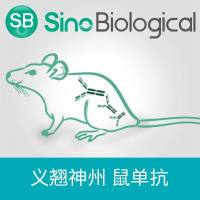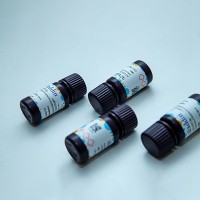Synthesis and Characterization of Hyaluronan-Based Polymers for Tissue Engineering
互联网
526
Hyaluronan (HA) is a naturally occurring, negatively charged high mol-wt glycosaminoglycan (GAG), that is composed of repeated disaccharide units of D-glucuronic acid and N-acetylglucosamine. It is the only GAG that lacks an associated protein moiety and sulfate groups. HA is a highly conserved and widely distributed polysaccharide. In a variety of mammalian tissues, it exerts structural functions because of its peculiar physicochemical properties. Because of its propensity to form highly hydrated and viscous matrices, HA imparts stiffness, resilience, and lubrication to tissues. The unique properties of HA are manifested in its mechanical function in the synovial fluid, the vitreous humor of the eye, and the ability of connective tissue to resist compressive forces, as in articular cartilage.








